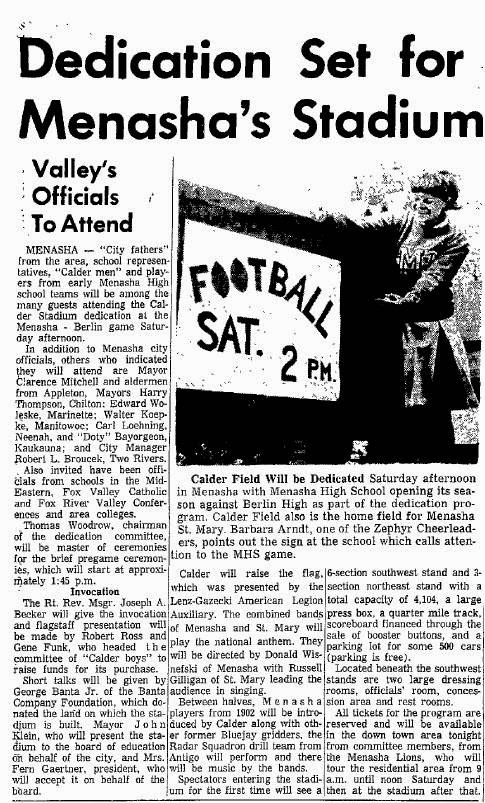from the 1893 Menasha City Directory
These advertisements, in that matter-of-fact Victorian style of the day, kept the city directory in the black, as well as adhering to long standing advertising principles that still resound today. In the ad game, the bigger the ad, the more prosperous the business is generally seen as by the target audience. Since the primary users of the city directory were business people to begin with, this might have made such considerations unnecessary. Whereas a general newspaper or magazine might feature an ad for the general populace for Woodbury's Facial Soap, for example, there nothing quite sexy about a dealer in lime and cement products, large sized text or not. However, it is right at home in a directory of merchants and craftsmen for consumption by the business community.


































